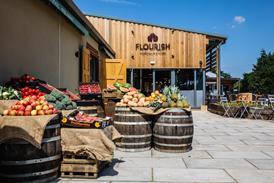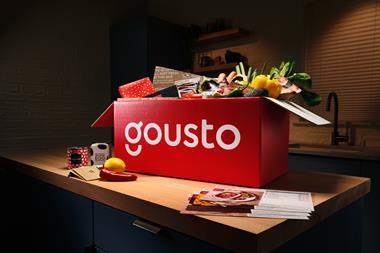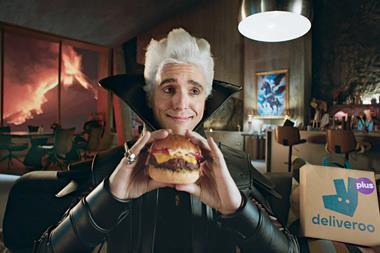
There was a time when founders could hide quietly behind their brand. Not any more. Today, being the ‘face’ of your business is almost expected. Consumers want to see who’s behind the logo, hear your story, and trust you as much as they trust the product.
When I started Caleño seven years ago, telling the story of how I’d begun and being the face of my business felt natural to me. It was a world away from the larger fmcg brands I’d been working for not so long ago. But with visibility comes vulnerability. These days, LinkedIn, Instagram and TikTok are awash with posts of founders ‘telling it how it is’, warts and all. But how much should you share, and where do you draw the line?
There are undeniable upsides. People connect with people, not faceless companies. Sharing your journey – the wins, the mistakes, and the daily grind – builds authenticity and trust in a way traditional marketing rarely can. I’ve found that opening up – whether on socials, interviews or podcasts – often sparks conversations that directly benefit the business. They fuel press coverage, partnerships, and, most importantly, a stronger bond with customers. In a crowded market, that human connection can become your competitive edge.
Yet that line can sometimes become a little blurred. Take Grace Beverley, for example. Several Instagram and TikTok posts promoting her fashion brand, Tala, were banned by the ASA because the ads weren’t clearly identifiable, even though she is synonymous with the company. Steven Bartlett has also faced a similar challenge: adverts he featured in for nutrition brands Huel and Zoe were banned for being misleading, as they didn’t disclose his commercial interests in those companies. Both examples underline one of the risks of being the face of your business: your personal credibility is inseparable from your company’s reputation.
The key, I’ve learned, is balance. Visibility shouldn’t mean losing yourself to the brand, nor should the brand depend entirely on your image. Setting clear boundaries, deciding which parts of your life intersect with business, and being deliberate about what you share can protect both. In the end, being a founder today means learning to walk the line between authenticity and overexposure. That line is different for every business, and every founder.



















No comments yet